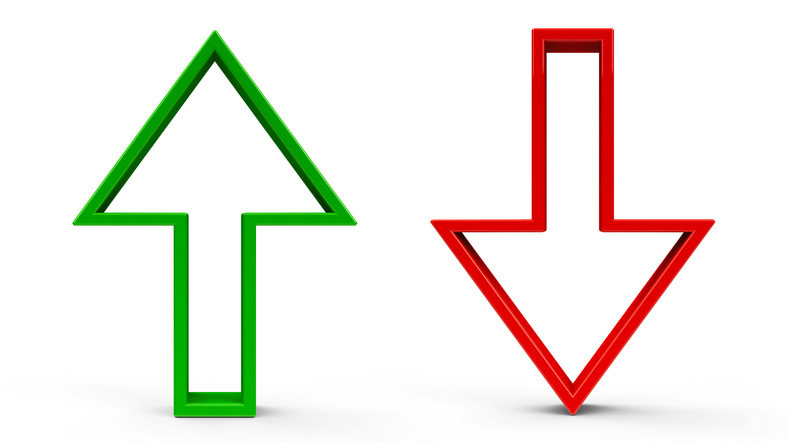[ad_1]

After the dizzying pace of digital health investment in 2021, it’s helpful to assess what has happened so far this year and what activity this sector is likely to see for the rest of 2022.
According to this H1 2022 report from Rock Health, digital health funding activity has slowed, a trend that the industry is likely well aware of. Rock Health reports $10.3 billion was raised in the first half, which extrapolates to $21 billion for the year, a marked decline from last year’s total of $29.1 billion.
However, while a projected 27.6% drop in digital health funding is significant, we should be careful not to read too much into it. Activity in the first half of this year is disappointing only directly in reference to the unprecedented level of activity in 2021. This year’s total is very likely to surpass the 2020 total of $14.7 billion, which was higher than 2019’s figure. Looking at the longer trend, digital health funding has been on a strong upward growth trajectory over the past decade – driven by fundamental improvements in technology, an increasingly favorable regulatory environment, and actual realized value from digital health innovations. While 2022 will likely be a reset from the tremendous growth in digital health funding of 2021, this is a healthy correction and an opportunity to realign on core metrics.
Keeping that in mind, it’s worth examining some of the Rock Health findings.
Macroeconomic trends
While the decline in funding this year can be at least partially attributed to a return to normal, investment in digital health has been affected by macroeconomics as well. Though healthcare is relatively resilient compared to other sectors, it’s not immune to the larger forces at play, such as inflation, the risk of recession, and the uncertainty and supply chain disruption caused by war in Ukraine.
Some of the most impacted companies are those selling to large enterprises – including health systems and pharmaceutical companies – who are looking to prioritize their spending initiatives to only the top few with the strongest value proposition, greatest return on investment (ROI), and time to value. Within this environment, it is even more important for startups to be clear about their ROI – measuring and publishing this data when possible – and emphasizing this value to potential customers to ensure their solutions fall within that prioritized list of initiatives during this turbulent period.
Mental health startups
Digital health startups offering mental healthcare secured the top clinical funding spot in H1 2022, according to the research. However, that field is under some scrutiny.
While mental healthcare startups raised a combined $1.3 billion in H1 2022, only $300 million closed in Q2 2022. While there are many reasons for significant quarter-to-quarter variability, one can also look to the public markets where a number of companies in this sector have underperformed both the broader markets and their digital health peers (NASDAQ: PEAR, NASDAQ: LFST, NASDAQ: TALKW). While this sector holds tremendous potential, the fundamental question of how to effectively transform mental healthcare delivery – making it more accessible, personalized, and effective at scale – has yet to be solved.
As a result, as we go through 2022 and into 2023, I expect continued activity in this sector; however, we should also anticipate a step down from the peaks of 2021 and Q1 of 2022 as expectations moderate and valuations recalibrate, which may also lead to a wave of consolidation.
SPACs and M&As
The first half of the year saw a significant slowdown in digital health mergers and acquisitions (M&A), compared to 2021’s record activity. There also has been a steep decline in companies going public.
First, going public. We must acknowledge the relatively poor performance of some recent exits, particularly of firms that went public via special purpose acquisition companies (SPACs) that have affected the digital health sector, in some cases more severely than other sectors. To be clear, the vast majority of these companies are great businesses; however, in hindsight we were not seeing the same performance benchmark requirements for the average SPAC company compared to the average IPO company: namely, a strong, proven commercial business model, reliable quarterly forecasting, and well-established comparables, among other attributes. As a result, public investors were quicker to turn on these companies as the markets dropped and have cooled on SPACs more broadly.
The public market downturn has not spared companies that went public via the traditional IPO process, either. One sector that has received quite a bit of attention has been the tech-enabled services field, which includes major telehealth and hybrid-model care providers (NYSE:TDOC, NASDAQ:ONEM, NYSE:AMWL). During the market peak, many of these businesses saw market caps reflective of revenue multiples of high-growth, high-margin tech companies (20-30x P/S ratios); the recent correction has instead brought their multiples much closer to alignment with premium services businesses (2-4x). Which set of multiples is the more appropriate can be debated, but what’s clear is that this reset has changed how these companies are expected to spend and grow, their plans to go public, and also the thought process of M&A.
While we naturally expect a high-valuation environment to be a catalyst for M&A – acquirers can leverage high-value stock to transact a deal and acquirees are pleased by the attractive prices — we also can expect a wave of consolidation in the lower valuation environment. In particular, there are a large number of established enterprises with piles of cash who are eager to get into the healthcare space, but who mostly sat out earlier waves of acquisition due to high target prices. Just Thursday, we’ve seen the first major sign of this as Amazon (NASDAQ:AMZN) announced an agreement to acquire One Medical (NASDAQ:ONEM) for $18/share – a healthy premium to its recent trading price though below where it traded for much of 2021. As market prices continue to be attractive over the coming 12-18 months, I would expect to see significant waves of M&A ranging from large acquisitions to sector consolidations.
Looking forward to new opportunities
As with many investors, GSR Ventures had its most active investment year for digital health in 2021. 2022 and beyond will undoubtedly bring change as the macroenvironment shifts, valuations and multiples reset downward, and the mix of prominent and emerging digital health sectors undergoes rapid adjustment.
But most importantly, the need for the digital transformation of healthcare has not lessened; if anything, it’s become more pronounced. For as long as that need exists, there will be great opportunities to invest in companies driving that shift.
Disclaimer: Nothing presented within this article is intended to constitute investment advice or recommendation, and under no circumstances should any information provided herein be used or considered as an offer to sell or a solicitation of an offer to buy an interest in any investment fund managed by GSR Ventures (“GSR”). Any investment decisions shall exclusively vest based on his/her/its independent discretion and GSR will not be liable for any consequences thereof. Information provided reflects GSR’ s views as of a time, whereby such views are subject to change at any point and GSR shall not be obligated to provide notice of any change. Companies mentioned in this article are a representative sample of portfolio companies in which GSR has invested, which do not reflect all investments made by GSR. An alphabetical list of GSR’s investments is available here. No assumptions should be made that investments listed above were or will be profitable. Due to various risks and uncertainties, actual events, results or the actual experience may differ materially from those reflected or contemplated in these statements. Nothing contained in this article may be relied upon as a guarantee or assurance as to the future success of any particular company. Past performance is not indicative of future results.
[ad_2]
Source link



